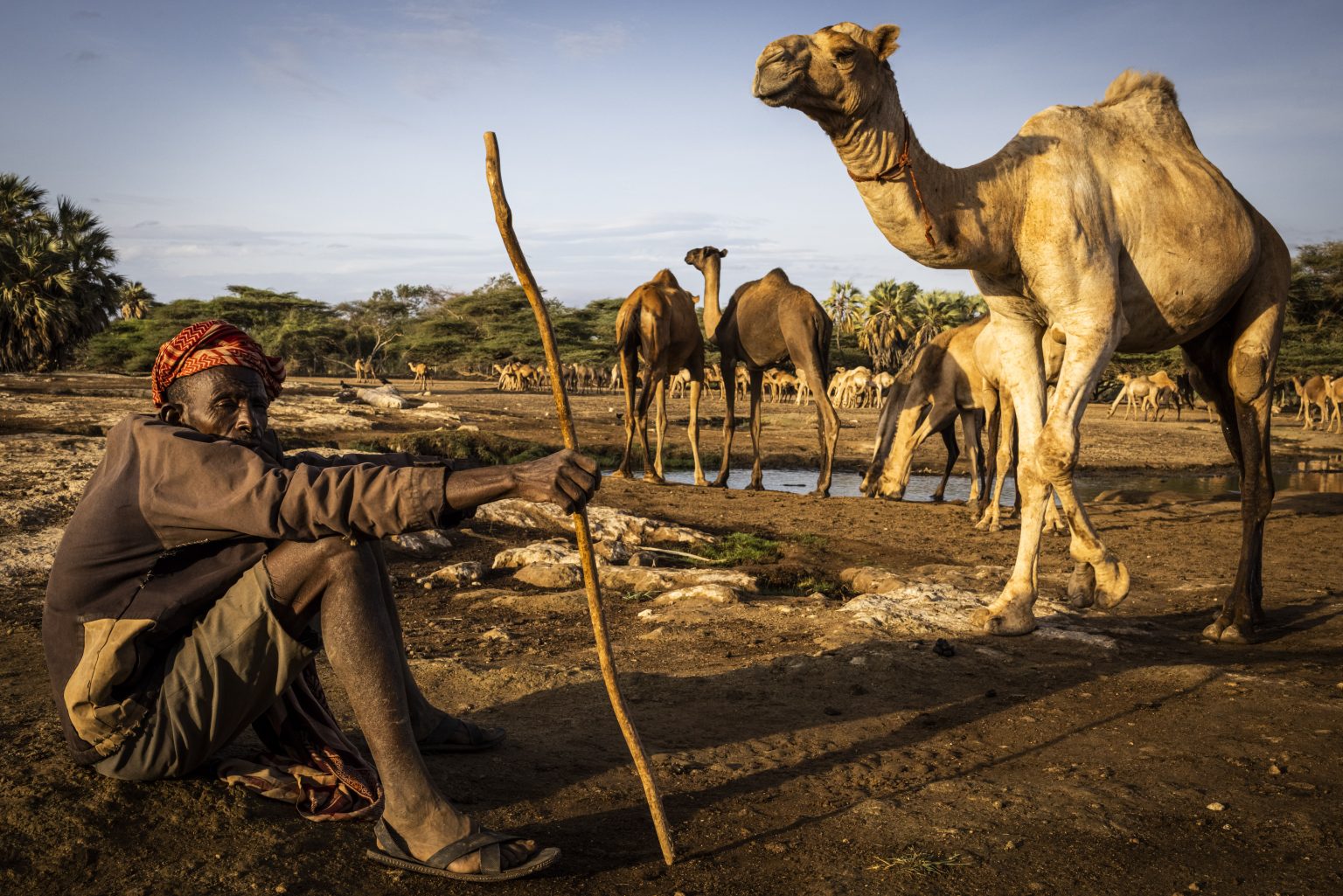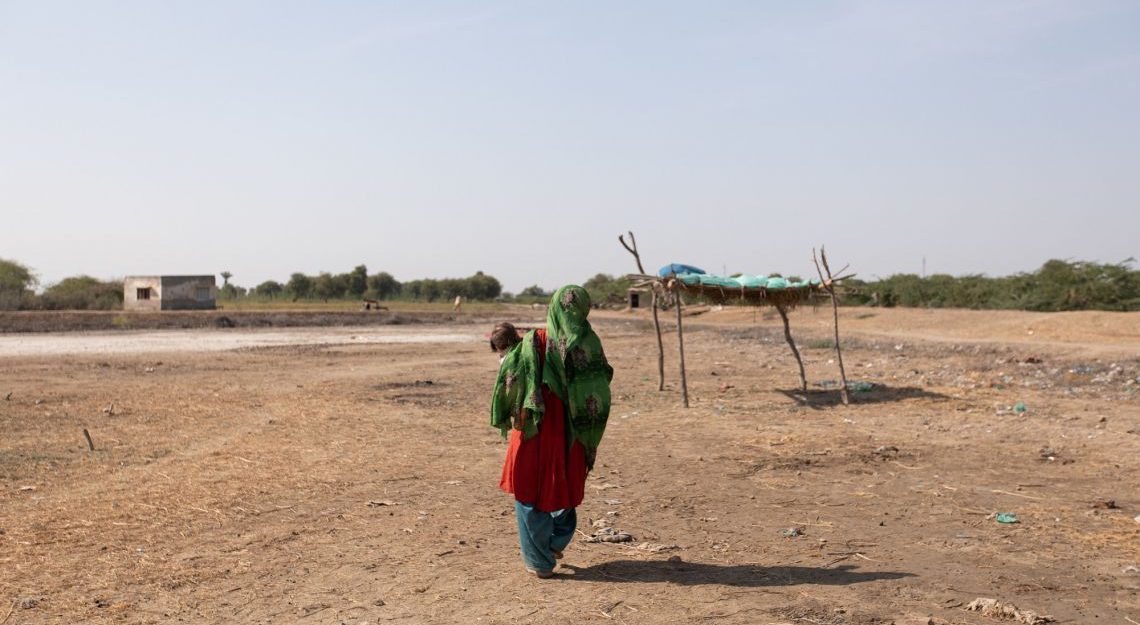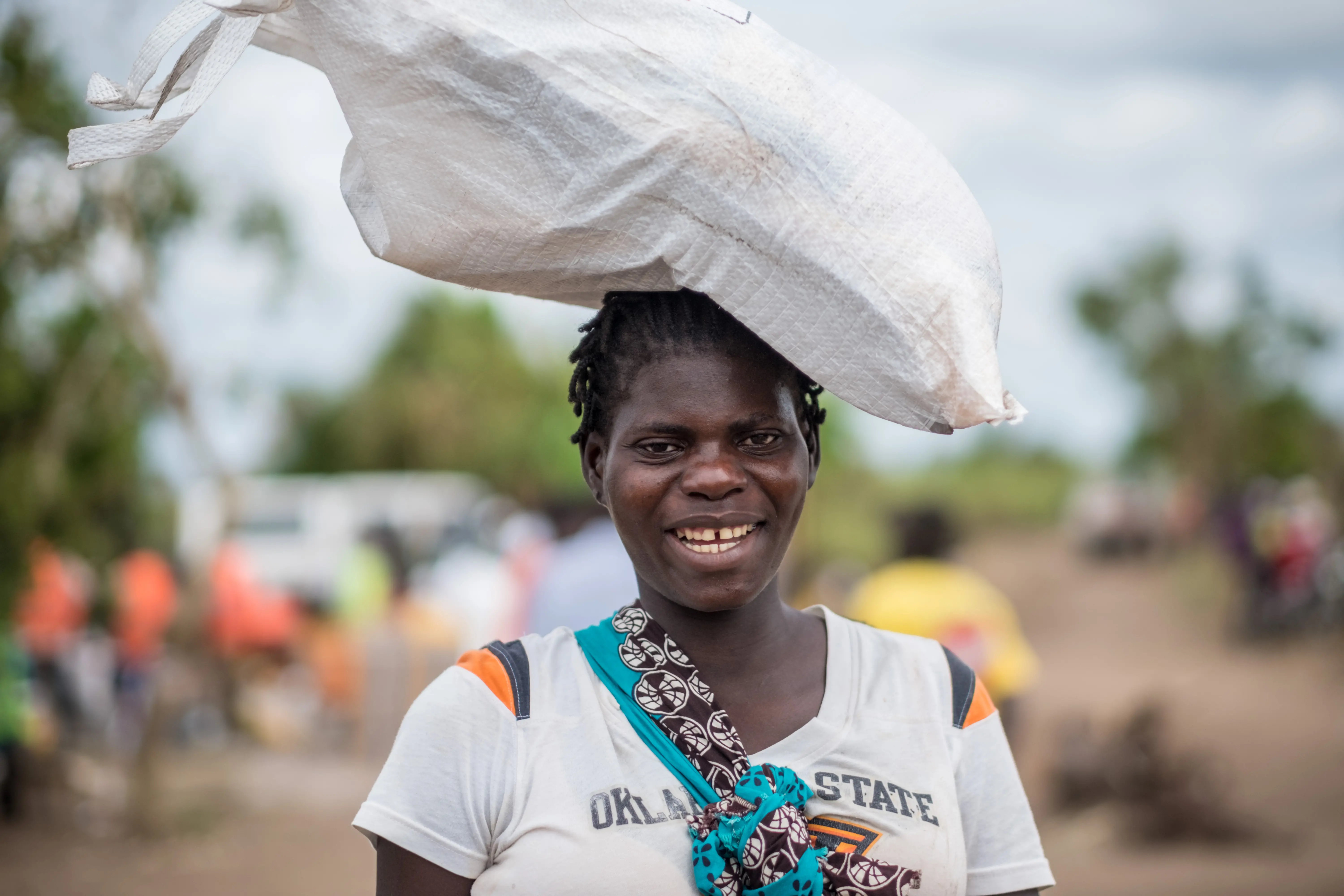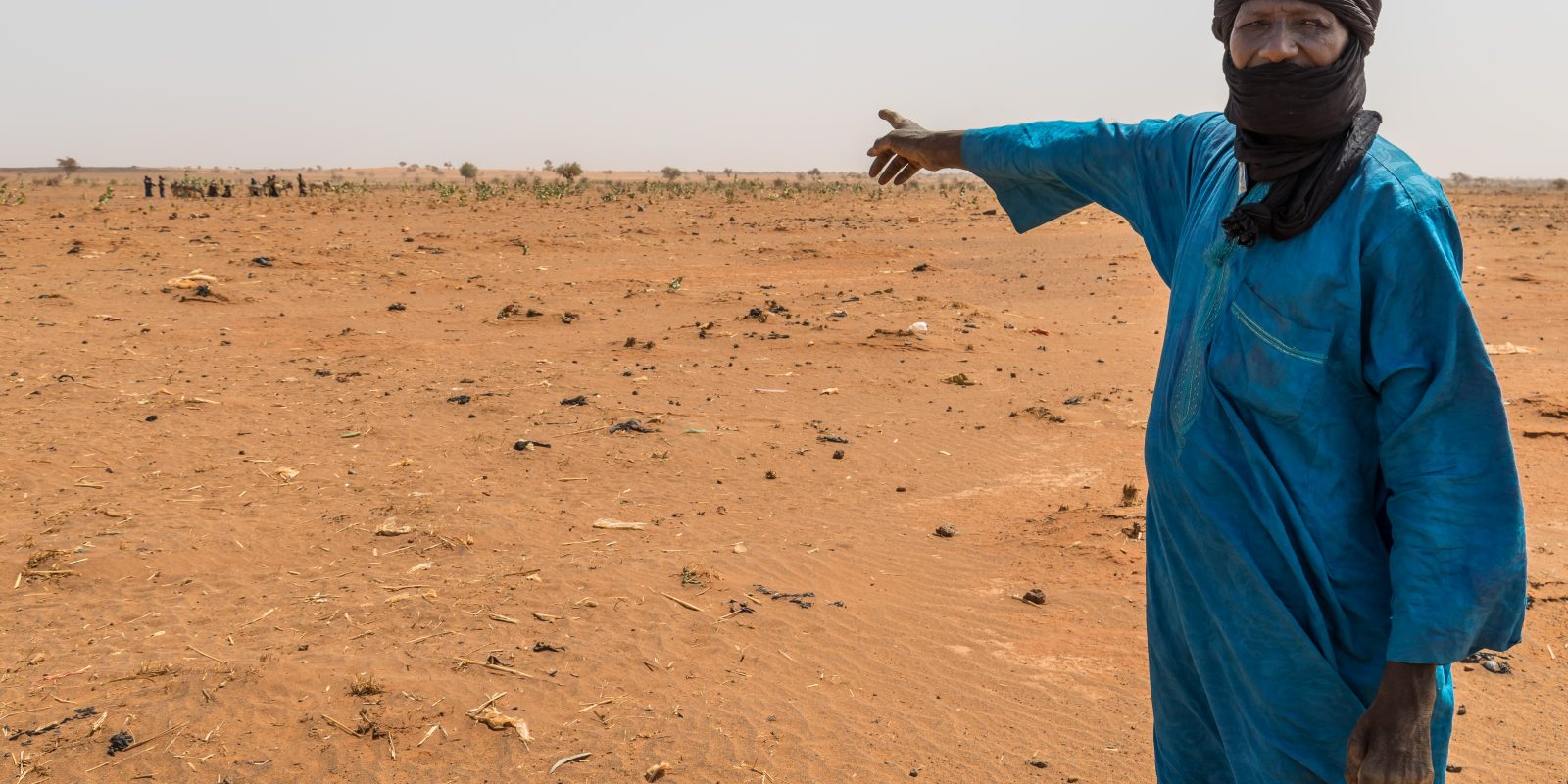News
How climate change increases hunger (and why we're all at risk)
Climate change is a threat multiplier for hunger, destroying livelihoods, driving displacement, widening social inequalities, and undermining sustainable development.
Read MoreDriven by warming in the Pacific Ocean and human action, climate change has led to increasingly extreme weather patterns with devastating consequences.
The frequency and intensity of climate-related events are increasing substantially. In the last decade, we’ve faced more category 4 and 5 storms. We also faced more record-breaking heatwaves and more heavy rains and extreme droughts. At Concern, we see these impacts every day in each of the 24 countries where we work.
Climate change is a topic that can be tough to wrap your head around. It’s also one surrounded by a lot of myth and misinformation. Here are seven key climate change facts to know, along with the data that makes a difference.
In 2021, sensors that have tracked carbon dioxide levels in the Earth’s atmosphere for over six decades detected CO2 concentrations of more than 417 parts per million (ppm). This is 50% higher than pre-industrial levels of 278 ppm, and Wired notes that the last time the Earth’s atmosphere contained this much CO2 was over 3 million years ago, when trees grew at the South Pole.

Since the 1980s, every decade has grown steadily warmer in response to global warming. In fact, the seven warmest years on record have been the last seven years (2015 through 2021, inclusive). The three hottest were 2016, 2019, and 2020. While 2021 was somewhat cooled by La Niña conditions, it also had its share of extreme events, according to the World Meteorological Organization:

Some of the most direct effects of climate change are environmental: droughts, floods, land degradation, and loss of biodiversity. However, the most serious global environmental threat is also a multiplier for poverty — and many related issues. Climate change is a key driver of migration and displacement, which in turn has made it a significant factor in many conflicts.
Women are disproportionately affected by climate change and related disasters. Gender inequality is prevalent in many of the countries hit hardest by climate change. This limits women's access to resources. It can also eliminate them from the decision-making processes both in preparing for and responding to disasters.
Hunger and malnutrition, especially in children under the age of five, is most severe in countries exposed to climate extremes. Many of these countries typically tend to be low-income and have limited infrastructural support. They are also overly-dependent on vulnerable agricultural systems. In fact, 75% of people living below the poverty line rely on agriculture and other natural resources to make a living. Climate change increases hunger by reducing harvests, compromising both a family’s ability to eat and earn income.
Changes in climate are already undermining the viability of major crops such as wheat, rice, and corn in tropical and temperate regions. While a changing climate may render some crops more viable than others, the opportunities that this can provide are limited. The most vulnerable families often have little to no safety net that would allow them to pivot in their work and benefit from these alternatives. According to figures from the World Food Program and Food and Agriculture Organization:
The influences on climate are changing the patterns of weather, creating more frequent flooding and drought. A once-in-a-decade event has become more frequent, while previously-predictable rainfall patterns are either delayed or more intense. In fact, in the past ten years, 83% of all disasters triggered by natural hazards were caused by events relating to the extreme weather and other effects of climate change.
Compared to the period between 1960 and 2010, the average number of floods over the last decade have increased by more than 75%. The prevalence of wildfires has doubled, and the average number of droughts each year since 2010 has increased by 57%. In 2019, the number of climate-related disasters was 237. The annual average between 1960 and 2010 was 146.

This year’s IPCC report points to the physical and mental tolls that climate change takes on people, particularly those in regions hit hardest by the effects of global warming. Climate change leads to higher rates of food- and water-borne disease, as well as vector-borne diseases including malaria, yellow fever, and dengue.
The IPCC notes that diarrheal diseases have decreased globally, but higher temperatures, increased rain, and flooding are also the cause behind many of the existing cases of cholera and other gastrointestinal infections. Overall, extreme heat events have led to higher mortality and morbidity rates, and higher rates of wildfires are also linked to higher incidences of cardiovascular and respiratory illnesses.
The latest report also notes the mental health challenges associated with increasing temperatures and climate events, including trauma brought on by natural disasters and loss of livelihoods and other assets. What’s more, the available health services — especially in more remote areas — are also compromised by many of these events, meaning that people searching for medical assistance in any specialization are often left with fewer resources or support.

“Global warming, reaching 1.5°C in the near-term, would cause unavoidable increases in multiple climate hazards and present multiple risks to ecosystems and humans,” write the authors of this year’s IPCC report. However, they also note that “Near-term actions that limit global warming to close to 1.5°C would substantially reduce projected losses and damages.”
This is important to keep in mind: The climate crisis is an existential threat for humankind. For those of us who aren’t climatologists, it’s also a difficult concept for many of us to grasp. The biggest climate change fact we want you to take away from this piece, however, is that there is still time for us to act — and action is crucial, especially from institutions and governments. You can contact your congressional representatives and urge them to support plans for accelerated implementation of climate action at the national level, as well as proposals for accelerated foreign aid to the countries most affected by climate change.
Concern is clear that the climate crisis constitutes the most serious global environmental threat and is a significant poverty multiplier.
The majority of people Concern serves work in farming and food production. Many of these communities are also on the frontlines of climate change. We work with rural communities to promote Climate Smart Agriculture, an approach that helps families adapt to better crops, growing techniques, and soil improvement practices in response to the changing — and often unpredictable — environment.
Our work in disaster risk reduction (DRR) protects the lives and livelihoods of communities and individuals who are most vulnerable to disasters or emergencies. Whether the crisis is caused by nature or humans (or a combination of both), DRR limits its negative impact on those who stand to lose the most. In some cases, we can reduce the size of a disaster, its strength, or even how frequently it occurs. In tandem with this, we can also make sure that those who are most exposed to these hazards are able to better anticipate, survive, and recover.
Our climate response is unique to the circumstances of each community where we work, but one key theme for us is prioritizing indigenous knowledge and nature-based responses. We find solutions that protect, sustainably manage, and restore natural or modified ecosystems to address societal challenges. Nature-based solutions not only help to offset the immediate land degradation caused by climate change, but also address challenges like food security, water security, public health, and social and economic development.